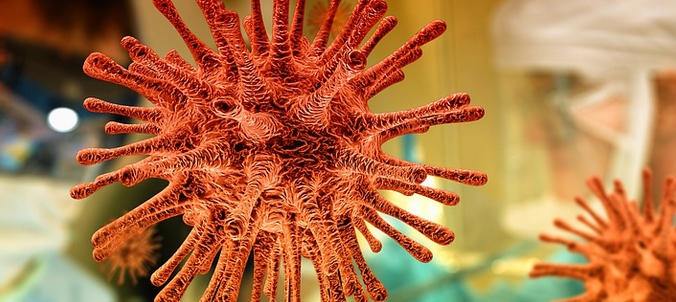The Basics of Photosynthesis
Photosynthesis is the process by which plants convert light energy from the sun into chemical energy in the form of glucose. This process takes place in the chloroplasts of plant cells, specifically in the thylakoid membranes. The primary reactants in photosynthesis are carbon dioxide (CO2) and water (H2O), while the primary products are oxygen (O2) and glucose (C6H12O6).
The Chemical Equation for Photosynthesis
The chemical equation for photosynthesis can be written as follows: 6 CO2 + 6 H2O + light energy → C6H12O6 + 6 O2 This equation can be read as follows: six molecules of carbon dioxide and six molecules of water, in the presence of light energy, combine to produce one molecule of glucose and six molecules of oxygen.
Breaking Down the Chemical Equation
Let’s take a closer look at the reactants and products involved in photosynthesis. Carbon dioxide (CO2) is a gas that is present in the atmosphere, while water (H2O) is obtained from the soil through the roots of the plant. Light energy is absorbed by the chlorophyll pigment in the chloroplasts, which triggers a series of chemical reactions. These reactions ultimately result in the production of glucose (C6H12O6), a simple sugar that serves as the primary source of energy for the plant. In addition to glucose, photosynthesis also produces oxygen (O2). This gas is released into the atmosphere as a byproduct of the process. This is why plants are often referred to as the “lungs” of the earth, as they help to maintain the balance of oxygen and carbon dioxide in the atmosphere.
The Importance of Photosynthesis
Photosynthesis is an essential process for the survival of plants and, ultimately, all living organisms on earth. It provides the energy and nutrients necessary for plant growth and development, as well as the oxygen that we breathe. Additionally, photosynthesis plays a critical role in the carbon cycle, which regulates the amount of carbon dioxide in the atmosphere and helps to mitigate the effects of climate change.
Factors Affecting Photosynthesis
While photosynthesis is a vital process, it is also influenced by a variety of factors. These include the availability of water, the intensity and duration of light, and the concentration of carbon dioxide in the atmosphere. In certain conditions, such as drought or low light levels, photosynthesis may be inhibited or slowed down, which can have negative impacts on plant growth and development.
Conclusion
In summary, photosynthesis is a complex process that is crucial for the growth and survival of plants. Understanding the chemical equation for photosynthesis is an important step in comprehending the intricacies of this process. By learning more about photosynthesis, we can appreciate the vital role that plants play in maintaining the health and balance of our planet.

